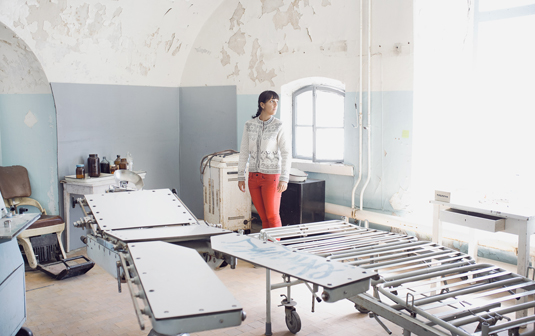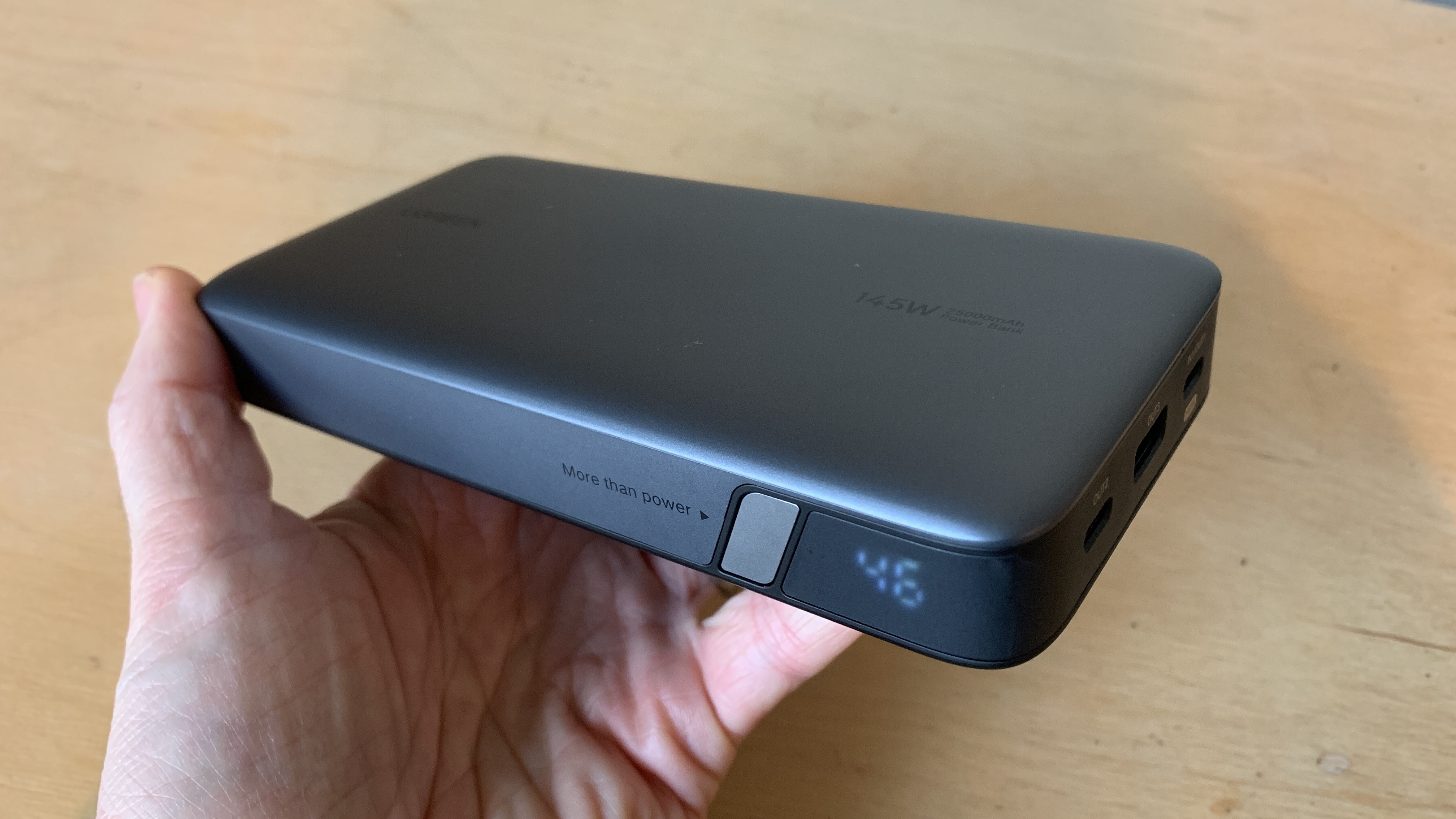5 things every designer needs to know about UX
Top designer Irene Pereyra offers tips for getting started in UX.
UX stands for User Experience. But what does that actually mean in practice? Here Irene Pereyra explains its meaning, its origin, and more importantly, how we can all esnure we're delivery the kinds of experiences our users expect.
After being the global director director of UX at Fantasy Interactive for six years, Pereyra just recently started her own bespoke design studio with my creative partner, the designer Anton Repponen.
While at FI the pair were responsible such redesigns as: USAToday.com, Wacom.com, Balenciaga.com, SportsIllustrated.com – among many other small projects for Google, Nickelodeon, The History Channel, EA, Porsche, BBC and others.
01. What is UX?
For me personally, it's first and foremost "design" and secondly it's creating something that ultimately is functional and usable. Growing up in Amsterdam I was constantly surrounded by modernist design, and that has very heavily influenced my taste and sensibilities.
I believe that great design is practical and human-centered at its core, and starts with breaking things down to its simplest form, the straightest line from A to B. Anything superfluous makes me uneasy. I frequently have heated debates with clients on how things can be done better with less stuff and I'm constantly advocating for the end-user. Make it simpler! Why is that there? Who needs that? Do we need it?
02. When to start thinking about UX
Immediately. We don't even consider taking on a project unless UX is part of it and the client understands the value of UX. I am not going to argue with clients on why they need it, if they don't believe in it there are plenty of other shops they can go with.
Having UX be part of a project is almost like a design mentality, and it's the thread that connects all the other disciplines throughout the project timeline. Therefore it's not something that you can do after the fact, it's something that you have to do right from the beginning and goes through all the way to the end.
Daily design news, reviews, how-tos and more, as picked by the editors.
03. How to guide the client
If we read a brief and feel that the client is asking for the wrong thing, we try to have a conversation to help the client understand that the brief needs to either change, or be less directional. Then sometimes the client brief is non-existent and we are free to come up with something ourselves.

Once we determine the brief is "right", Anton and I sit down and sketch out what we think makes sense and then present that back to the client in a more presentable format a proper keynote. If the client approves the "overall idea and direction" we go into actual production right after that.
04. How to get sign-off
We include the client in our process almost on a daily basis and really dislike "grand reveal" presentations. Typically we work for a day and then record a video walkthrough of the work for that day and send it to the client to watch at their own leisure.
So little things get signed off and moved along on an almost daily basis. Then we have some bigger milestones where the client has to "officially" sign something off (framework or specific pages for example), but since they have seen the progress on a daily basis and had a chance to input along the way those official sign-offs are more of a formality really to cover our asses in case the client decides to completely change something weeks later.
05. What order to do things in
We have a very specific way that we tackle a project. I always start with the birds-eye view of the overall page content, navigation and structure. This determines the "framework" of the overall site and also includes the sitemap (where we map out all the needed pages), a features & functionality matrix (where we map out all the features needed on each page) and the behavior of the navigation.
That is a big milestone for us and would require a client's sign off prior to moving forward to individual pages. We also always try to do the home page last, though the client doesn't always allow for that.
Words: Martin Cooper

The Creative Bloq team is made up of a group of art and design enthusiasts, and has changed and evolved since Creative Bloq began back in 2012. The current website team consists of eight full-time members of staff: Editor Georgia Coggan, Deputy Editor Rosie Hilder, Ecommerce Editor Beren Neale, Senior News Editor Daniel Piper, Editor, Digital Art and 3D Ian Dean, Tech Reviews Editor Erlingur Einarsson, Ecommerce Writer Beth Nicholls and Staff Writer Natalie Fear, as well as a roster of freelancers from around the world. The ImagineFX magazine team also pitch in, ensuring that content from leading digital art publication ImagineFX is represented on Creative Bloq.
